
Some animals can survive in the wild, but their presence can cause harm to local ecosystems or disrupt the natural balance. Others, though able to endure certain environments, depend on human care for their survival. These 12 species are better off outside the natural world, where they can avoid causing damage or struggling to thrive.
1. Axolotls Wouldn’t Last a Week in the Wild

Dubbed “water monsters” in their native Mexico, axolotls are critically endangered in natural habitats. Captive ones aren’t equipped to dodge predators like birds or larger fish, and their regenerative powers won’t save them from pollution or invasive species.
2. Sugar Gliders Aren’t Built for City Parks

These tiny daredevils can glide gracefully across treetops, but only in tropical forests with tall eucalyptus trees. If released, sugar gliders often starve because they can’t find tree sap, their main food source. Instead of freedom, releasing them can lead to their demise.
3. Hermit Crabs Without the Right Shells Are Doomed
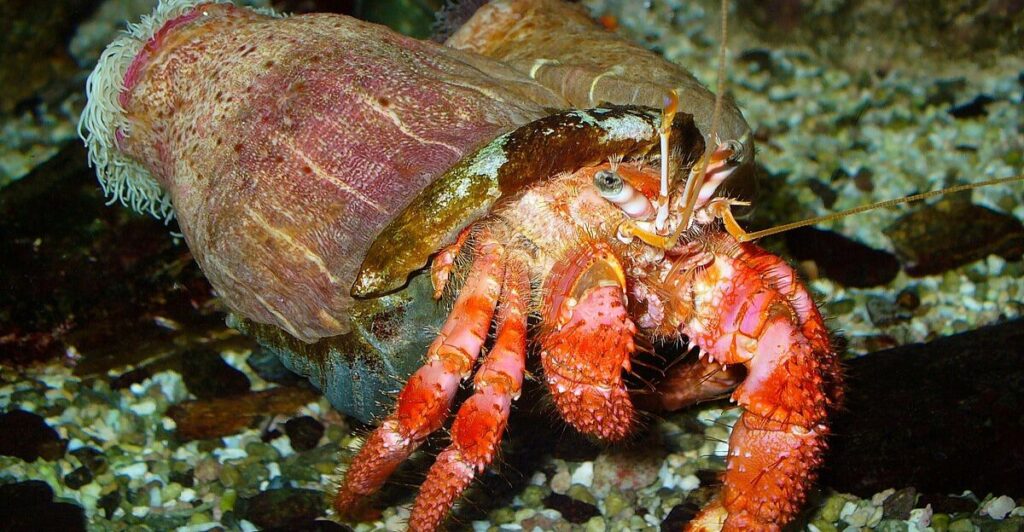
Fun fact: hermit crabs switch shells multiple times in their lives. Introducing one without access to the right shells leaves it vulnerable to predators. Coastal habitats lack these critical resources, so even near the ocean, a hermit crab’s chance of survival is slim.
4. Betta Fish Could Cause Underwater Chaos
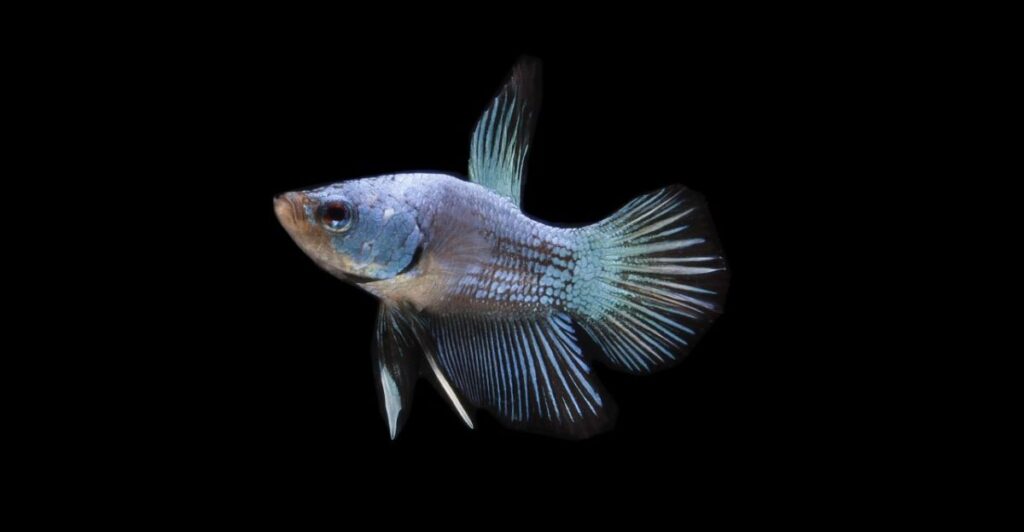
Betta fish are stunning, but don’t let their beauty fool you—they’re territorial fighters. If released into ponds or streams, they’ll attack smaller fish and outcompete others for food. Worse, they can spread diseases that native fish can’t fight.
5. Chinchillas Overheat in Most Wild Spaces

Originally mountain dwellers from the Andes, Chinchillas were built for cool, dry climates. Their dense fur traps heat and moisture, so they often overheat when left in suburban areas or forests. This fluffy rodent is meant for pampered indoor living, not battling unfamiliarity.
6. Leopard Geckos Would Be Too Flashy for Survival

Selective breeding has made leopard geckos glow with bright yellows and oranges. Bold patterns may look great in your terrarium, but make them an easy target for predators. Unlike their wild cousins, captive geckos don’t know how to evade danger. Freedom isn’t their friend.
7. Fire-bellied Toads Are Ticking Time Traps

The vibrant bellies of these toads warn predators of their mild danger. While flashy, their real danger lies in the chytrid fungus they carry, which has wiped out native amphibians globally. Outside, they spread a harmful disease to the ecosystems they’re supposed to belong to.
8. Cockatiels Can’t Fend for Themselves Outdoors

Flocks of wild cockatiels roam the Australian outback. However, domesticated ones lack survival instincts. They can’t find water during droughts or avoid hawks swooping down. These affectionate pets belong perched in cozy homes.
9. Domesticated Rats Aren’t City Survivors
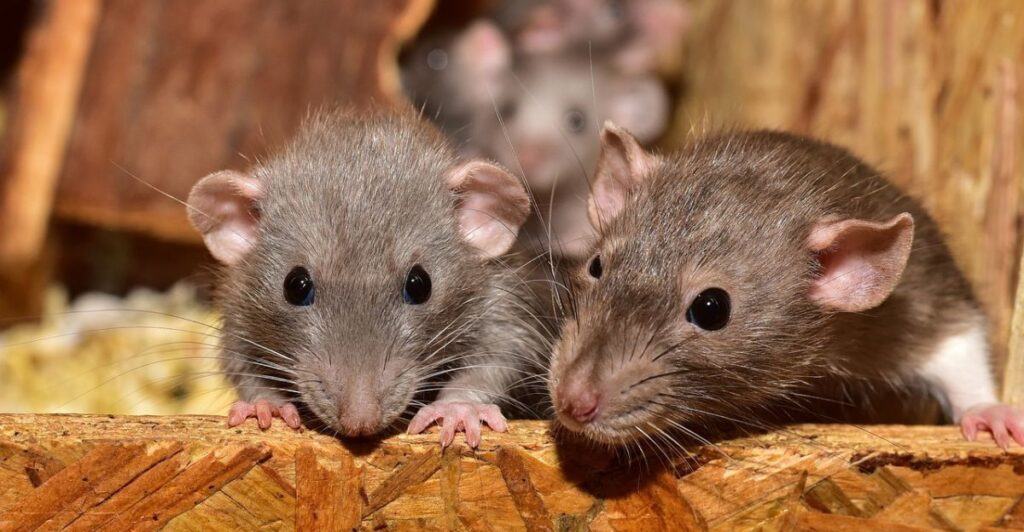
Don’t confuse pet rats with wild ones—they’re softer, slower, and lack survival instincts. Without the skills to avoid predators or extreme weather, they’re highly vulnerable and unlikely to survive in the wild.
10. Tarantulas Could Become Unwanted Invaders
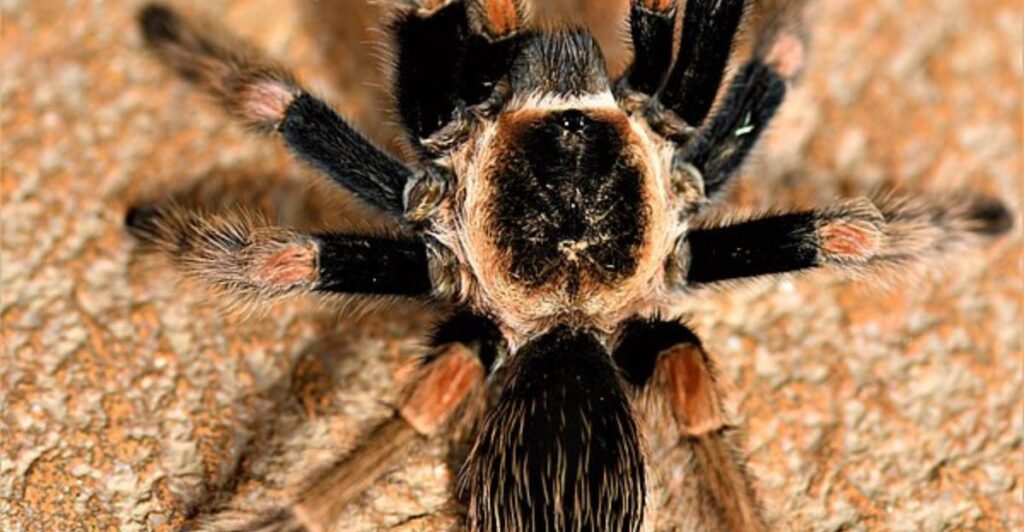
Introducing tarantulas into areas they don’t belong can be catastrophic. These stealthy hunters prey on insects vital to local ecosystems. Tropical species can also disrupt colder climates by invading homes for warmth.
11. Pacman Frogs Eat Their Way Into Trouble

Named after the arcade character, Pacman frogs will gobble anything that fits into their wide mouths. If released, they can outcompete native frogs and insects. Their appetite is impressive, yet they are safest satisfied in a carefully controlled indoor habitat.
12. Canaries Would Sing Their Last Song Outdoors
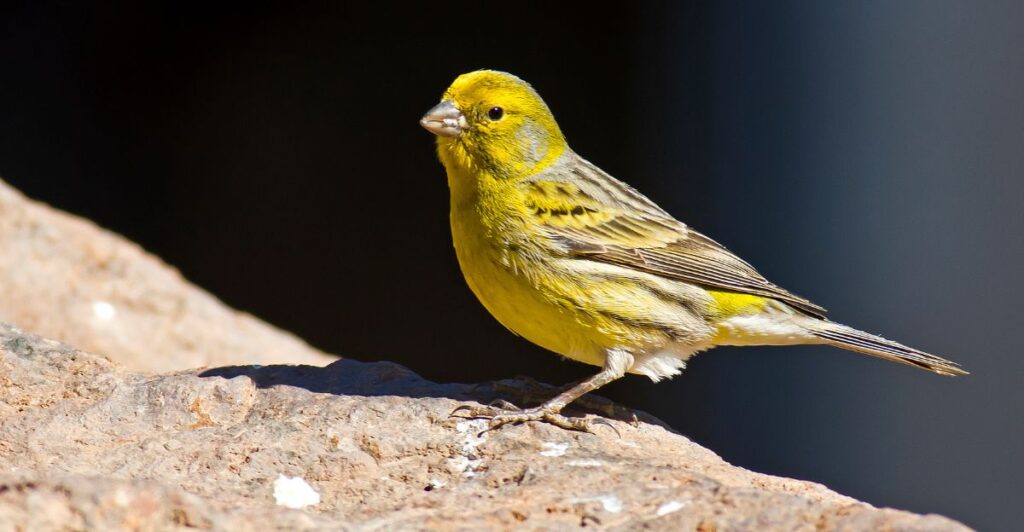
Canaries were never meant to survive outside cages. Bred for their vibrant colors and songs, they’re an easy catch for predators. They’re defenseless in the wild with no instincts to find food or shelter. Enjoy their melodies at home, where they belong.
Stay connected with us for more stories like this! Follow us to get the latest updates or hit the Follow button at the top of this article, and let us know what you think by leaving your feedback below. We’d love to hear from you!







